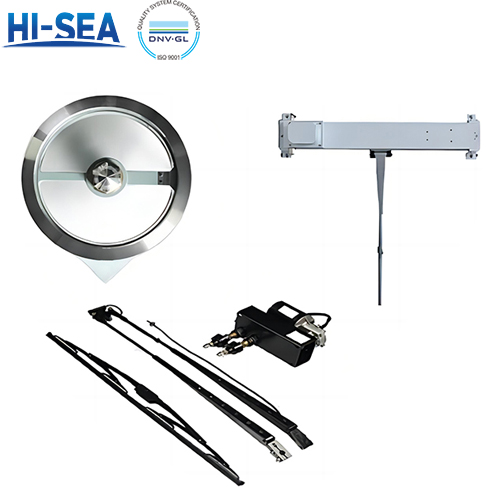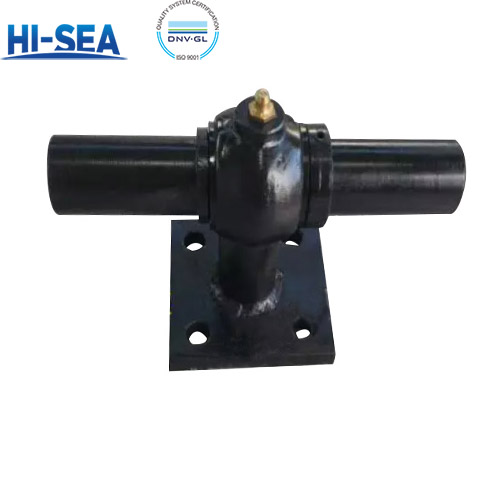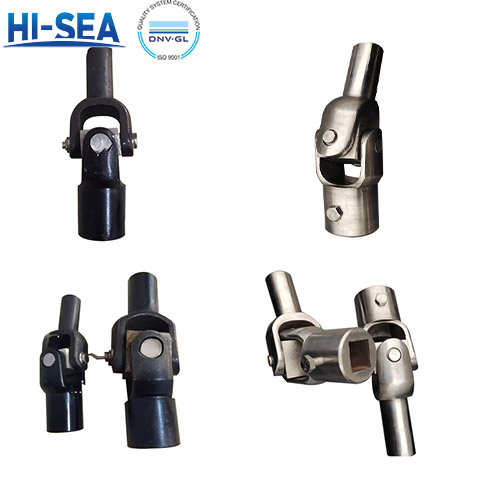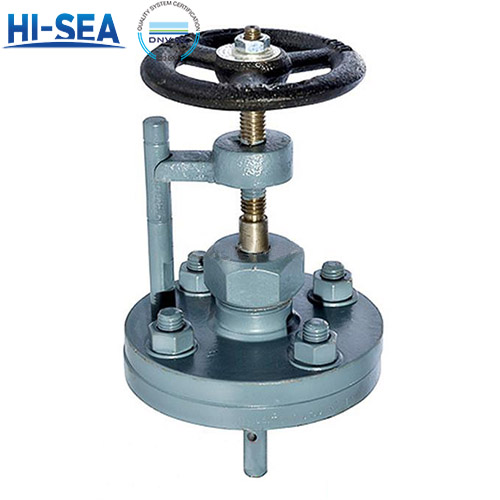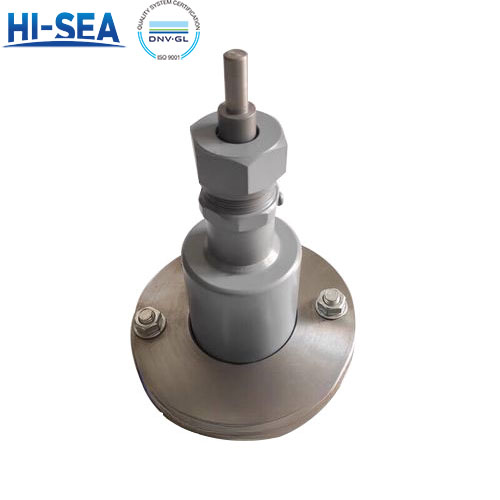
Marine Wiper
Overview
Categories:
Pantograph Wiper System
Radial Wiper System
Radial wiper System
Linear Wiper System
Single-Arm Wiper System
Multi-Arm Wiper System
Electric Wiper System
Pneumatic Wiper System
Hydraulic Wiper System
Adjustable Speed Wiper System
Intermittent Wiper System
Automatic Wiper System
Combined Wiper and Washer System
Heated Wiper System
Standard & certification: Meet the standards of GB/T 24950—2010/ISO 17899:2004, ISO 3904:1990, CB 1366-2002, CB 644—92. Approved by CCS.
Features:
1. Marine Wiper
Weather-Resistant Design
Intermittent Wiping
Automatic Park Position
Low Noise Operation
High-Torque Motors
Adjustable Arm Length
Easy Installation and Maintenance
Compatibility with Wash Systems
2. Marine View Screen
Waterproof and Sealed Design
Anti-Glare Coating
Anti-Fog Coating
Durable Construction
Adjustable Brightness
Integration Capabilities
Touchscreen Functionality
Sunlight Readability
Multiple Inputs
Night Mode
Wide Viewing Angles
Picture of marine wipers
Clear View Screen
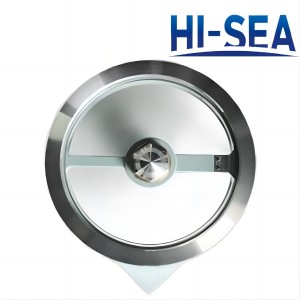
Fan-shaped Movement Marine Wiper
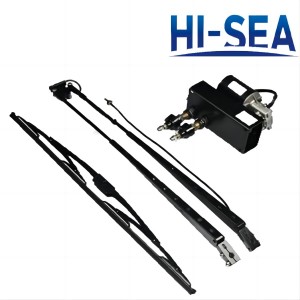
Straight Line Marine Wiper
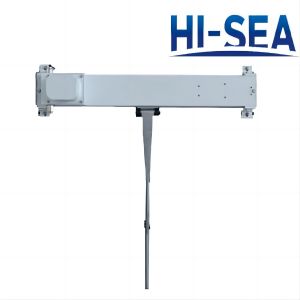
Several important factors to consider to ensure that the selected equipment meets the specific needs and conditions of your vessel
Marine Wiper:
Size and Compatibility: Ensure that the size and type of wiper match the dimensions and specifications of the clear view screen. Compatibility is crucial for effective operation.
Motor Power and Speed: Consider the power and speed of the wiper motor. The motor should be capable of providing sufficient force to move the wiper blades across the clear view screen efficiently, especially in adverse weather conditions.
Blade Material and Design: Evaluate the material and design of the wiper blades. Blades should be made of durable materials, resistant to corrosion and wear, and designed to provide effective cleaning.
Adjustable Speed and Intervals: Opt for wiper systems with adjustable speed settings and intervals. This feature allows operators to tailor the wiper's performance to varying weather conditions, enhancing flexibility and usability.
Ease of Installation and Maintenance: Choose a wiper system that is easy to install and maintain. Accessibility for routine maintenance tasks, such as blade replacement, is essential to ensure the longevity of the system.
Washer System Integration: Consider whether the wiper system integrates with a washer system. Having a combined wiper and washer system can enhance visibility by providing cleaning fluid to the clear view screen.
Durability in Marine Environments: Look for wiper systems built with materials that resist corrosion and withstand harsh marine environments. Stainless steel components are commonly used for their durability.
Noise Level: Evaluate the noise level of the wiper system. Low-noise systems are preferable to avoid disturbances in the vessel's environment.
Marine Clear View Screen:
Material and Durability: Select clear view screen made from durable materials capable of withstanding exposure to saltwater, UV radiation, and other harsh marine conditions.
Resistance to Scratches and Impact: Consider the screen's resistance to scratches and impact. Marine environments can expose equipment to debris and rough conditions, so a robust and scratch-resistant material is essential.
Anti-Glare Coating: Opt for clear view screen with anti-glare coatings. Anti-glare features enhance visibility by reducing reflections from the sun or artificial lighting.
Ease of Cleaning: Choose clear view screen that are easy to clean. Some screens have coatings that repel water and dirt, making cleaning more straightforward.
Compatibility with Wiper Systems: Ensure that the clear view screen is compatible with the chosen wiper system. Proper integration is crucial for optimal performance and longevity of both components.
Size and Visibility: Verify that the size of the clear view screen provides adequate visibility for the operator. The screen should be appropriately sized for the vessel's application.
Certifications and Standards: Check if the clear view screen complies with relevant maritime certifications and standards to ensure it meets safety and quality requirements.
Heating Elements (for Cold Environments): In cold climates, consider clear view screen with integrated heating elements to prevent ice buildup and ensure continuous visibility.

